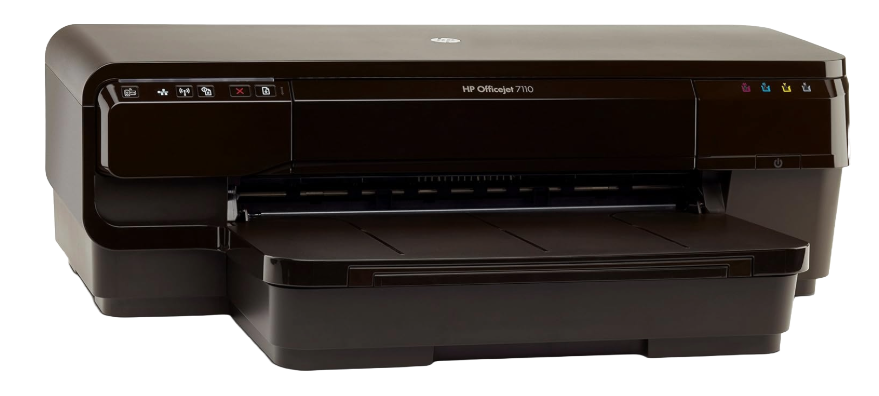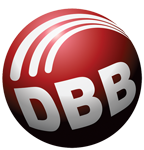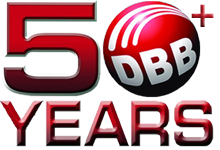
Explore the limitless world of massive impressions where size really does matter! Welcome to the vibrant universe of wide format printing, teeming with high-resolution graphics and colossal visuals. Whether it’s for eye-catching banners, dynamic posters, or crystal-clear images for presentations, the power and potential of wide format printing is simply undeniable.
Wide format is not just about making a statement; it’s about leaving an indelible mark that resonates with your audience. Get ready to supercharge your marketing, advertising, and branding efforts. Prepare for a grand tour into the captivating realm of wide format printing.
WHAT IS WIDE FORMAT PRINTING?
Wide format printing refers to the process of creating high-quality prints on large-sized media such as paper, vinyl, canvas, or fabric. It involves specialized equipment and software designed to produce prints with exceptional clarity and detail. Wide format printing can be used for various purposes such as advertising, marketing, signage, trade shows, events, and interior design.
The term “wide format” typically refers to print sizes that are larger than standard letter-size papers and can range from 8 inches to 60 inches or even wider, depending on the printer model and specifications. In-house wide format printing offers many benefits for businesses and organizations.
APPLICATIONS OF WIDE FORMAT PRINTING IN BUSINESS
Wide format printing has become an essential tool for businesses and organizations across various industries. Wide format printers allow you to produce high-quality printed materials such as banners, posters, trade show displays, signage, and more without having to outsource to a print shop. Here are some reasons why wide format printing is important for businesses and nonprofits:
1. BRAND AWARENESS:
Wide format printing can help businesses create a strong brand identity by producing high-quality promotional materials such as banners, posters, and signs. These materials can be placed in public areas where they can attract potential customers and increase brand recognition.
2. MARKETING CAMPAIGNS:
Wide format printing can be used to create eye-catching marketing campaigns that can be used at events, exhibitions, and trade shows. These campaigns can help your businesses reach your target audience and generate leads.
3. Education and training:
Offer training to employees or customers? Wide format printers can be used to create training materials such as displays and other visual supports. Wide format printing is useful in the education sector for creating classroom materials such as charts, graphs, and diagrams. It is also used to print textbooks and other educational resources.
4. EVENT PLANNING:
Wide format printing can be used to create event plans such as schedules, maps, and agendas. This can help event planners organize events effectively and ensure that everything runs smoothly.
5. Presentations:
Got a meeting? Wide format printing can be used to create professional-looking presentations that can be used in meetings, conferences, and seminars. This can help businesses present their ideas and concepts in a visually appealing way.
6. ARCHITECTURAL DRAWINGS:
Wide format printing is commonly used in the architectural industry to create detailed designs, plans, and blueprints. These documents are essential for designing and planning buildings, bridges, and other structures.
7. PHOTOGRAPHY:
Professional photographers can use wide format printing to produce high-quality prints of photos. For businesses, these photographs can be used for office décor and more.
8. ART AND DESIGN:
Artists and designers often use wide format printing to create large-scale art pieces, murals, and sculptures. This allows them to create works of art that can be displayed in public spaces or museums, or to help create an office space unique to your brand.
ADVANTAGES OF USING WIDE FORMAT PRINTING
Wide format printing offers several advantages over traditional printing methods. Here are some of the key benefits:
1. Increased versatility:
With wide format printing, businesses can print on a variety of materials such as vinyl, canvas, and even wood. This allows you to create unique and eye-catching displays that can be used for events, exhibitions, and trade shows.
2. COST SAVINGS:
Compared to traditional printing methods, wide format printing is often more cost-effective due to its higher productivity and lower overhead costs. This means that businesses and nonprofits can save money on materials, labor, and transportation costs.
3. HIGH-QUALITY PRINTS:
Wide format printers use advanced technology to produce high-quality prints with sharp images and vibrant colors. This ensures that businesses can produce professional-looking documents, presentations, and marketing materials that will impress their customers or attendees.
4. FLEXIBILITY:
Wide format printing allows businesses to print large quantities of materials quickly and efficiently. This means that you can meet tight deadlines and handle unexpected demands without compromising on quality or quantity.
Overall, wide format printing is a valuable tool for businesses and organizations looking to improve their marketing efforts, enhance their branding, and increase their visibility. By offering flexibility, cost savings, and high-quality prints, it provides a powerful solution for any printing need.
TYPES OF WIDE FORMAT PRINTERS AVAILABLE
There are several types of wide format printers available depending on the specific needs and requirements of the users. Some of the most common types of wide format printers include:
1. INKJET PRINTERS:
These printers use inkjet technology to print high-quality images and text onto a variety of materials such as paper, vinyl, canvas, and more. They are known for their versatility and ability to produce sharp, detailed prints.
2. LASER PRINTERS:
These printers use laser technology to produce high-resolution prints with exceptional clarity and accuracy. They are ideal for producing professional-looking documents, presentations, and marketing materials.
3. PLOTTERS:
Plotter printers are designed specifically for producing high-quality technical drawings, maps, and architectural plans. They use pen or ink to create lines and curves on paper or other media.
4. UV PRINTERS:
These printers use ultraviolet (UV) light to cure inks onto various substrates such as plastic, metal, glass, and wood. They are commonly used for producing high-quality graphics, logos, and signage.
Overall, choosing the right type of wide format printer depends on the specific needs and applications of the user. It is important to consider factors such as print quality, speed, cost, and ease of use when selecting a wide format printer. By understanding the different types of wide format printers available, businesses and organizations can make informed decisions when investing in wide format printing equipment.
ENHANCE YOUR BUSINESS COMMUNICATION WITH WIDE FORMAT PRINTING
As businesses seek innovative ways to enhance communication and deliver high-quality visuals, wide format printing emerges as a crucial tool. This versatile technology’s ability to print on large surfaces makes it perfect for impactful marketing campaigns, vivid exhibitions, or clear internal communications. Its numerous benefits position it as a worthwhile investment for any company looking to amplify its reach. By partnering with a reliable provider like Doing Better Business, and leveraging the latest in printing technology, you can maximize the returns from your wide format printing efforts.
Elevate your business today with wide format printing. Contact Doing Better Business today to get started.
Topics: wide format, printers, color printers, automated replenishment, printer

